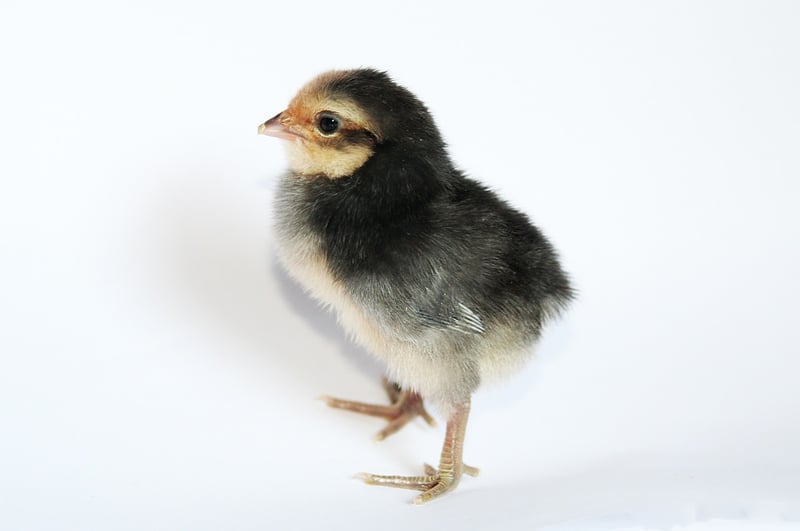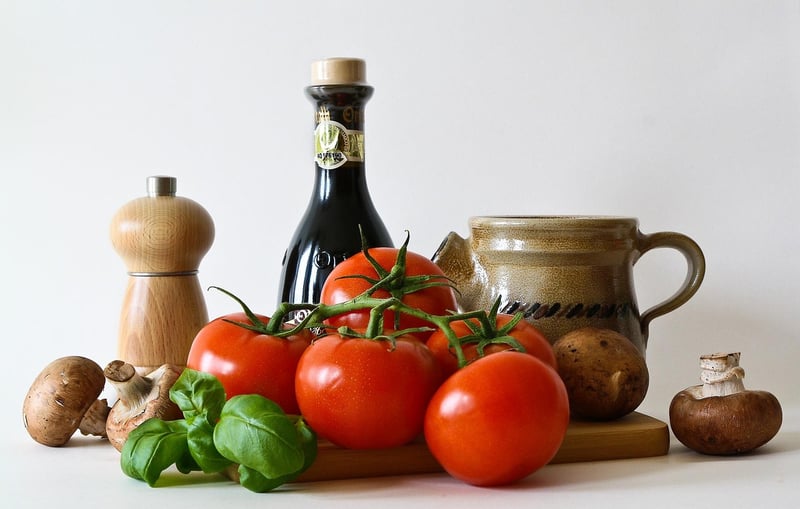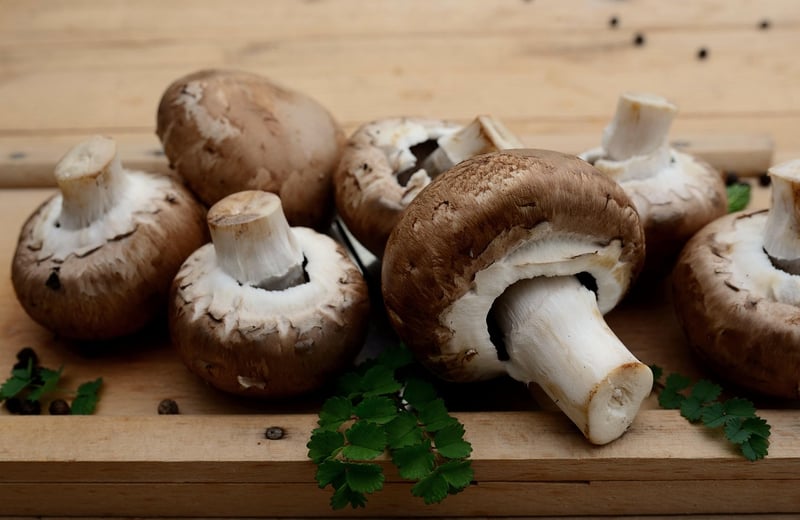Edible Vertical Garden
Choosing the Right Plants for Vertical Gardens
Introduction
Vertical gardens are a fantastic way to bring greenery into small spaces, create visual interest, and improve air quality. When selecting plants for your vertical garden, it's essential to consider factors like light, water needs, and space constraints.
Factors to Consider
- Light: Choose plants that match the light conditions of your vertical garden location. Some plants thrive in full sun, while others prefer shade.
- Water: Consider the watering needs of the plants. Some plants require frequent watering, while others are drought-tolerant.
- Space: Select plants that won't outgrow the vertical garden space. Look for compact varieties or plants that can be easily pruned.
Plant Suggestions
Succulents
Succulents like sedum and echeveria are excellent choices for vertical gardens. They are drought-tolerant, come in various colors and textures, and add a modern touch to any space.

Herbs
Herbs like basil, rosemary, and mint are not only practical for cooking but also beautiful in vertical gardens. They require moderate sunlight and regular watering.

Ferns
Ferns like the boston fern or bird's nest fern thrive in low light conditions, making them ideal for indoor vertical gardens. They add a lush, tropical feel to any space.

Edible Vertical Garden
If you want to combine beauty with functionality, consider creating an edible vertical garden. Herbs, vegetables, and fruits can all thrive in vertical spaces, providing fresh produce right at your fingertips.
Plant Ideas for an Edible Vertical Garden
- Strawberries: Hanging strawberry planters are a popular choice for vertical gardens, offering sweet berries in a compact space.
- Lettuce: Leafy greens like lettuce are easy to grow vertically and can be harvested continuously for fresh salads.
- Tomatoes: Tomatoes can be trained to grow vertically, saving space and ensuring good air circulation to prevent diseases.
Remember to use a quality potting mix, provide adequate water and sunlight, and regularly fertilize your edible vertical garden to ensure a bountiful harvest.
Conclusion
Whether you're looking to create a lush green oasis or grow your own fresh produce, choosing the right plants for your vertical garden is crucial. By considering factors like light, water, and space, you can create a thriving vertical garden that enhances your living space.
